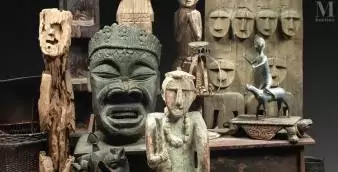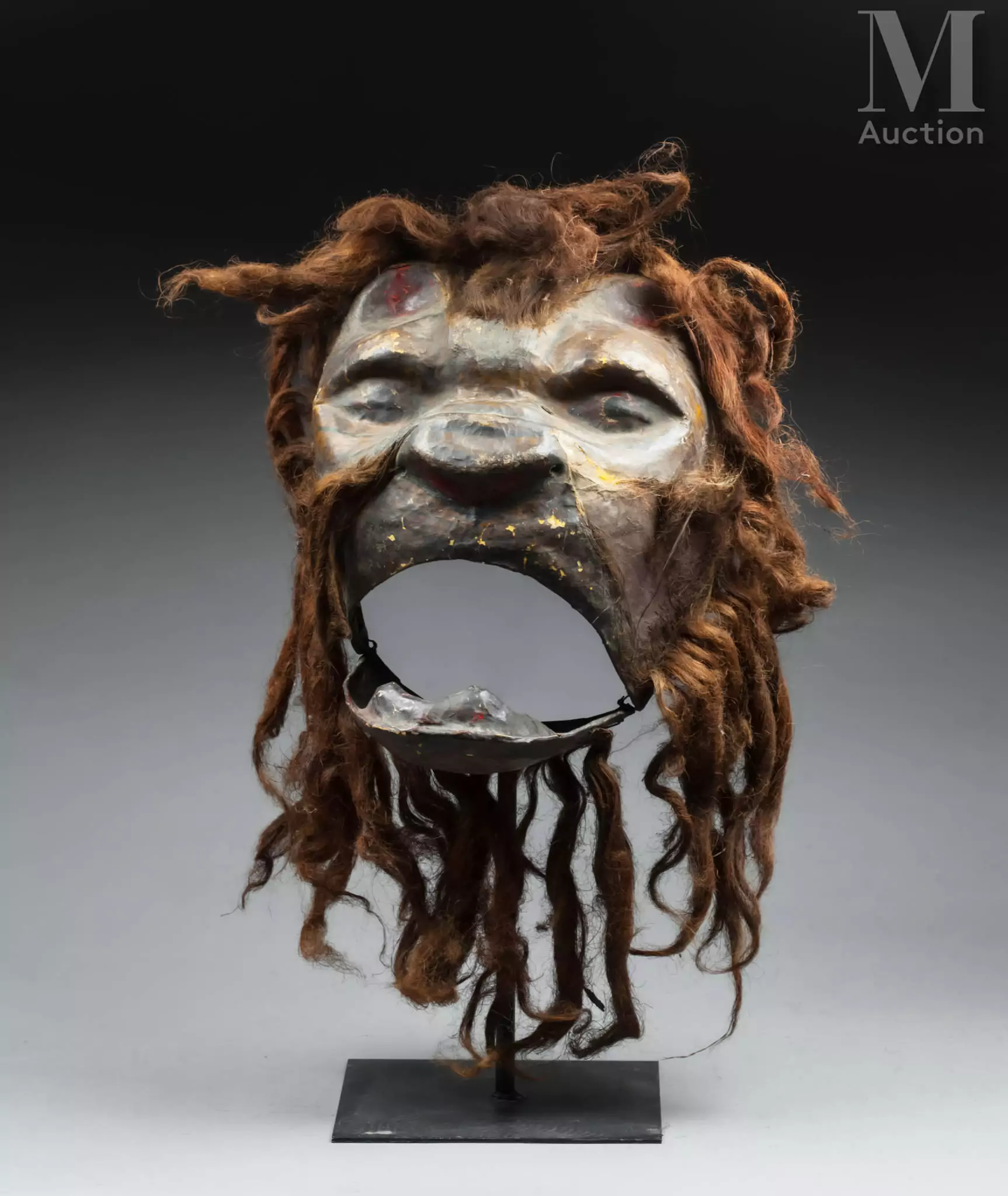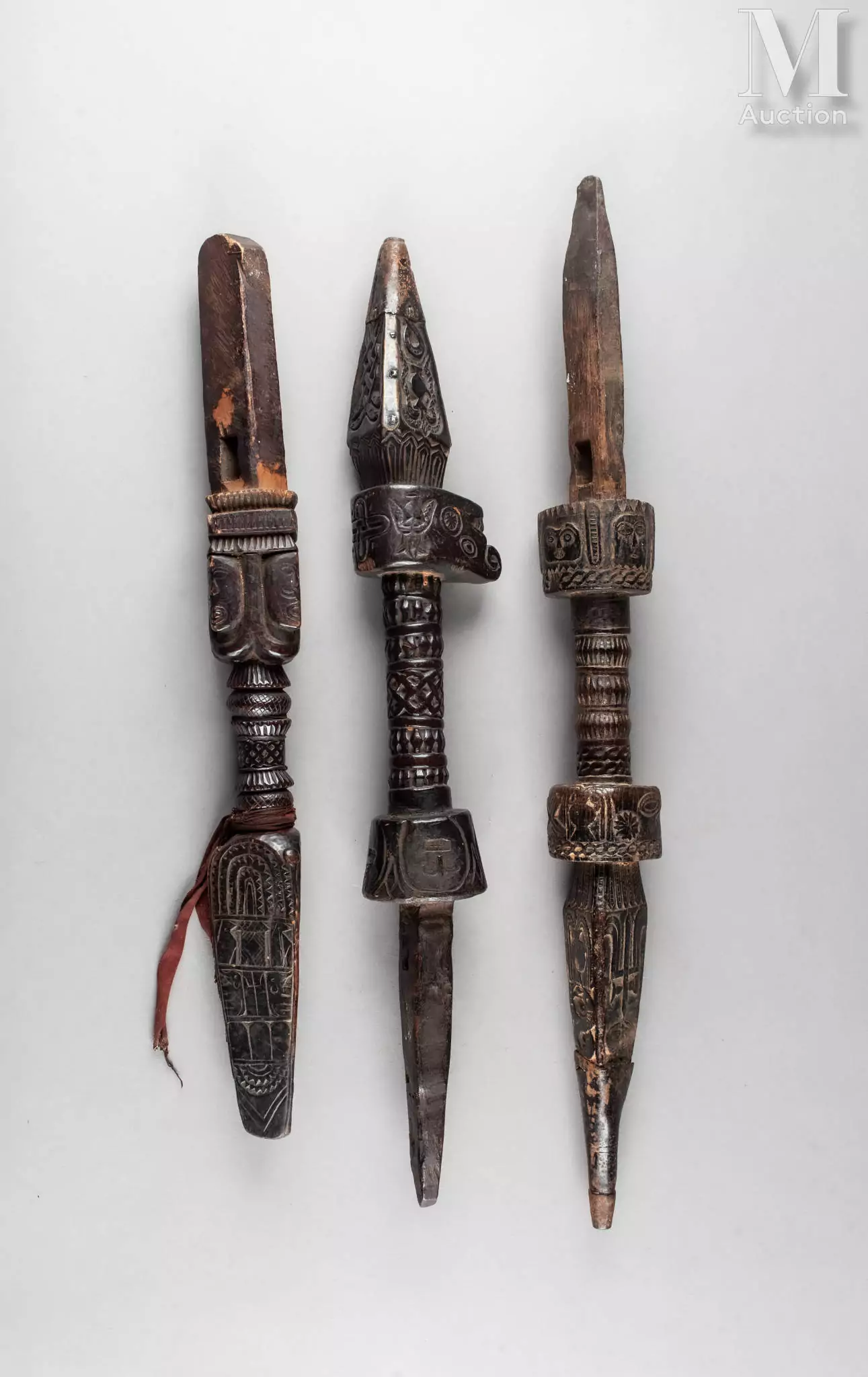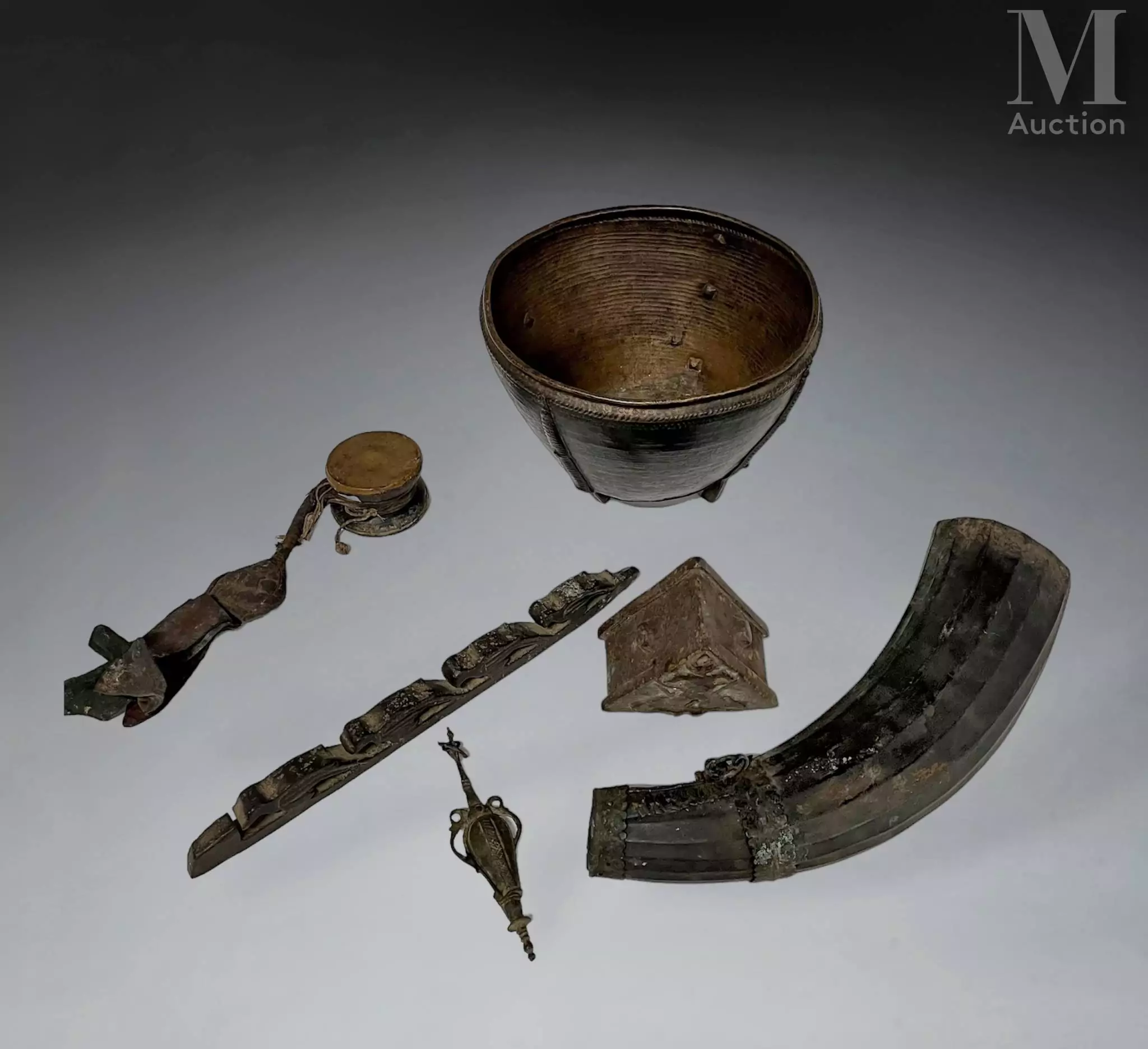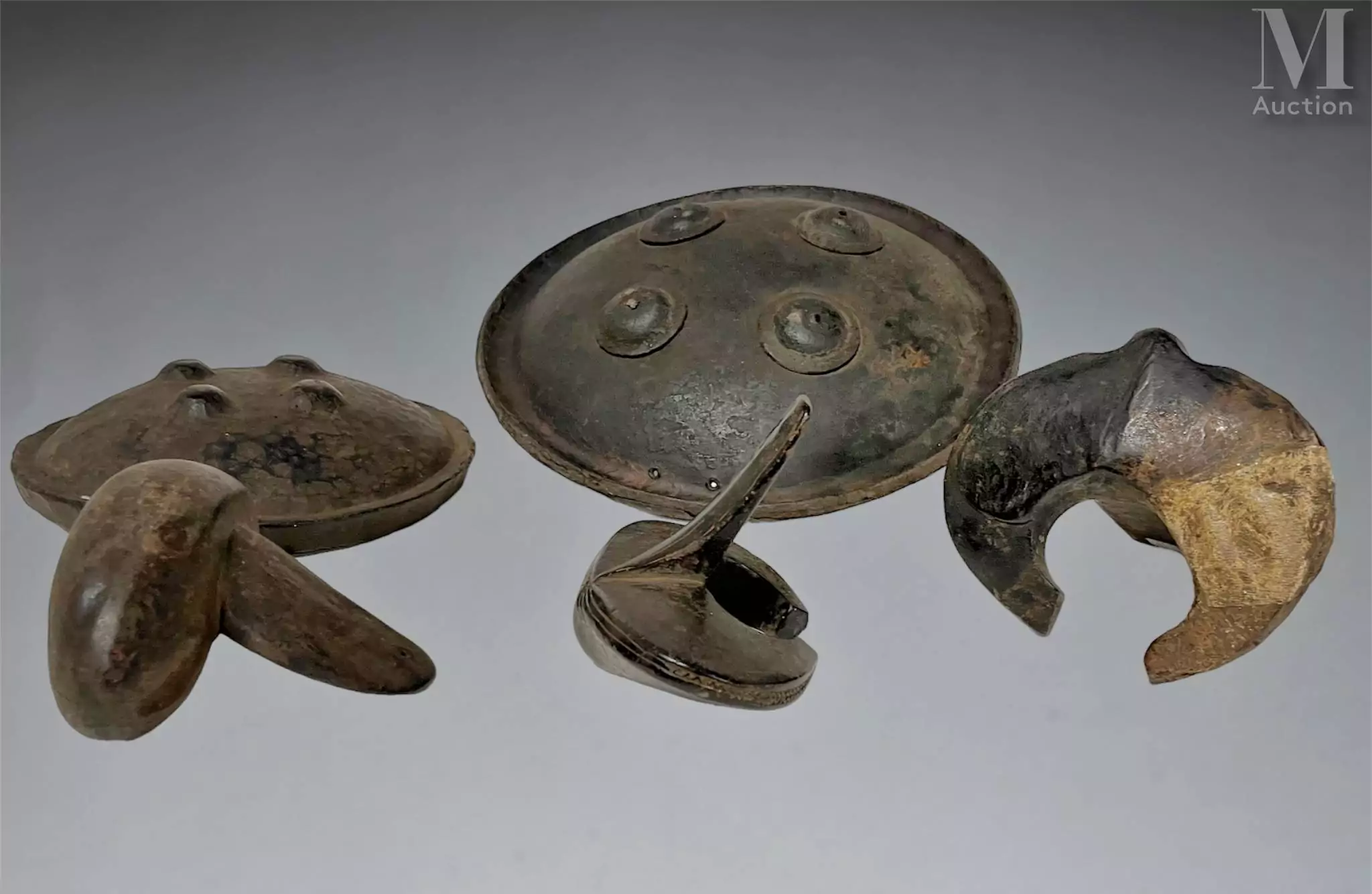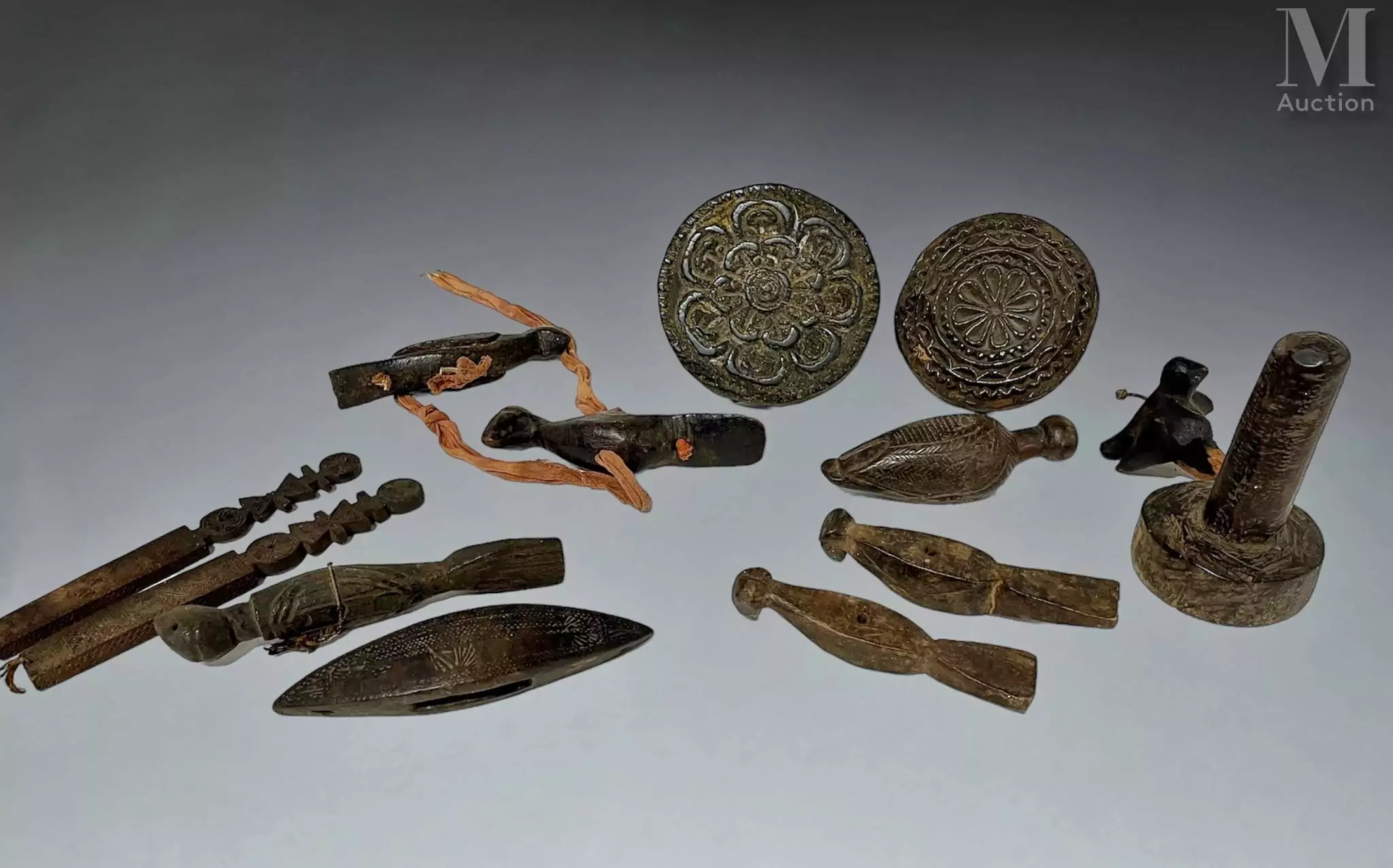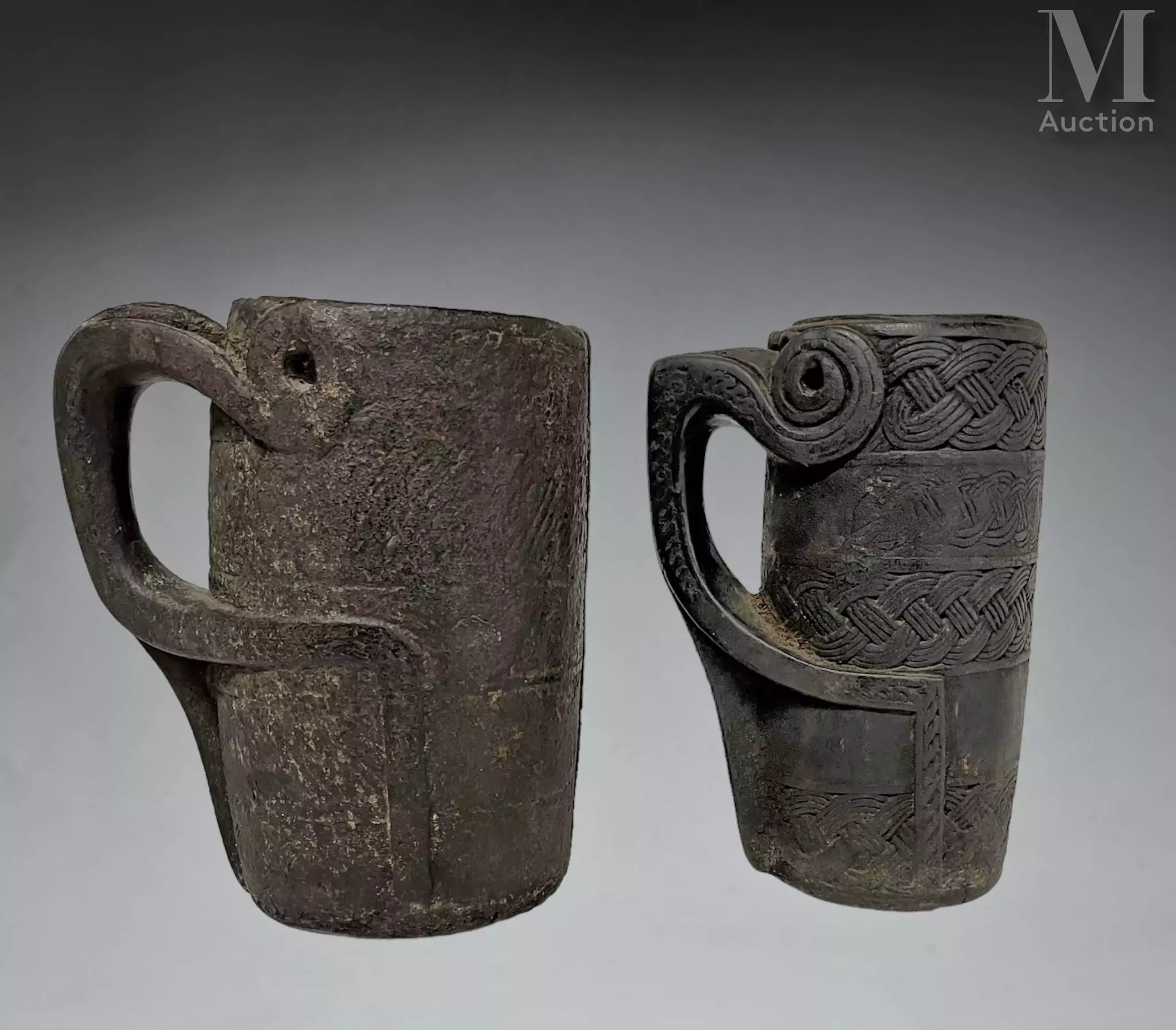Sale information
Jean Luc Cortes, meeting beyond the clouds on the roof of the world.
Around 1950, few French people knew the name or even the existence of the Himalayan kingdom of Nepal, unlike the English, who had been familiar with the country for over a century through their gurka regiments and their long presence in India.
A country closed in on itself by its geography and politics, it wasn't until 1951 that the kingdom opened up to the outside world, although the first account of a European journey to Nepal dates back to the 17th century...
Even then, in 1662, the Austrian Jesuits Fr. Johan Gruber and Albert Dorville only discovered the country as a transit route between China and northern India, and their description of the kingdom of "Necbal" was only published in Amsterdam in a chapter of Athanasius Kircher's "China Illustrated", first written in Latin in 1667 and then in French three years later.
The configuration of "historic" Nepal, limited to the Kathmandu valley and difficult to access via improbable passes, passes and footbridges, may therefore explain, in part, the predominant and persistent presence of classical Newar art.
The primitive statuary of western Nepal, from which most of the works come, originated in a remote geographical area with difficult access.
This area, long neglected, was consciously neglected by the local elites, who denied the tribal and shamanic traditions and animism of these Nepalese regions, far removed from the central political power, governed by a caste system imposing its own values and languages.
Ethnological data on the habits and customs of the indigenous populations are scarce and still insufficient. This is why the Khas, the majority population of this region, were long ignored by ethnologists, even Nepalese ones. Among the few known works, only "People of Nepal" by Do Bahadur Bista, first published in 1967, mentions the Khas ethnic group in its 1996 reprint.
An inquisitive mind like Jean Luc Cortès, both traveler and self-taught researcher, collector and dealer, could not be satisfied with this cultural summary, in association with his fellow traveler Jean Claude Brezillon.
So it was that the two of them embarked on a series of expeditions and walks in the mountainous north-western region of the country, in the Karnali basin (1,361 glaciers, 907 lakes...) crossed by a single road, the Mahendra Highway, and with the smallest population in Nepal.
The Collection by Jean Luc Cortès is the fruit of long experience in the field, rich in contacts with the Nepalese and Indian populations of the Himalayas, and is a tribute to these peoples who are still considered inferior and savage in the eyes of their peers.
Jean Luc Cortès was one of the first to compare the primitive statuary of Nepal with Art Brut, and to compare these productions with the finest works of modern art.
It is thanks to the book published in 2011 by Jean Luc Cortès and Jean Claude Brezillon, "La Statuaire Primitive de l'Ouest du Népal", that our perception of the arts of this little-known region of Nepal has been able to evolve, thanks in particular to the information it contains on the use and significance of the objects in their cultural and ritual environment.
This work will undoubtedly remain a major contribution to our understanding of the art and history of these peoples.
Exhibitions in 2010 of the Liliane and Michel Durand-Dessert collection, in their Espace on rue de Lappe with the support of the Fondation de Watteville, and in 2011 of "Nepal, Présence des Dieux, Paroles d'Oracles" in the Hôtel du Grand Veneur, Rue de Turenne in Paris, were an opportunity for a wider public to discover and better understand the power of ancient Himalayan traditions.
The passion and flame of Jean Luc Cortès will only be extinguished by his death in 2021.
Bibliography:
- Société française d'histoire d'outre-mer / Lucette Boulnois lecture /1975
- La statuaire primitive de l'ouest du Népal, by JC Brezillon and JL Cortes. Photos by N.Bruant. Editions Heritage Architectural June 2011.
- Nepal -and- With Zimba the Sherpa. Denoel (digital reprint 2019) by Robert Rieffel.
Christian-André MARTY, researcher,
Serge REYNES, Expert

